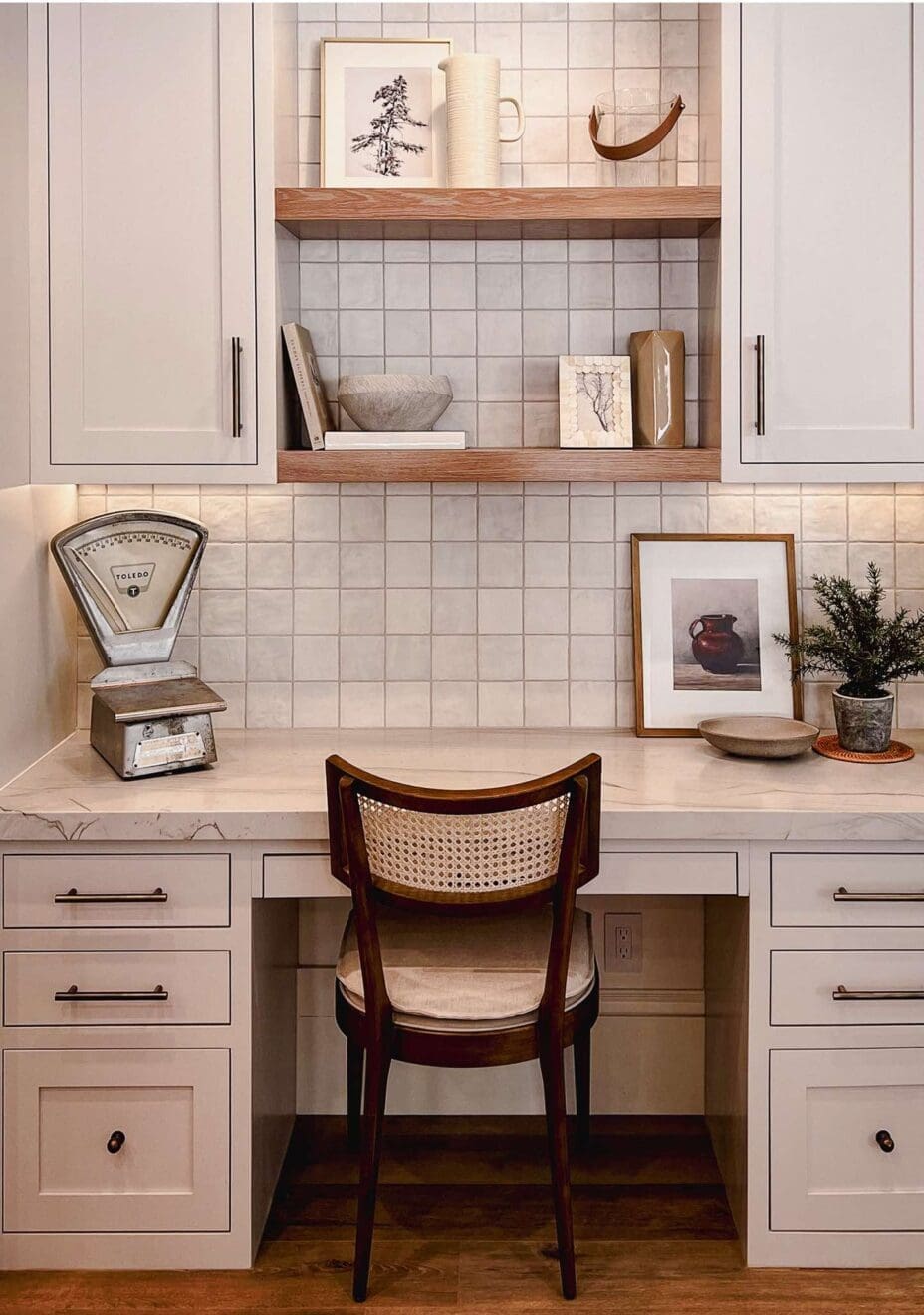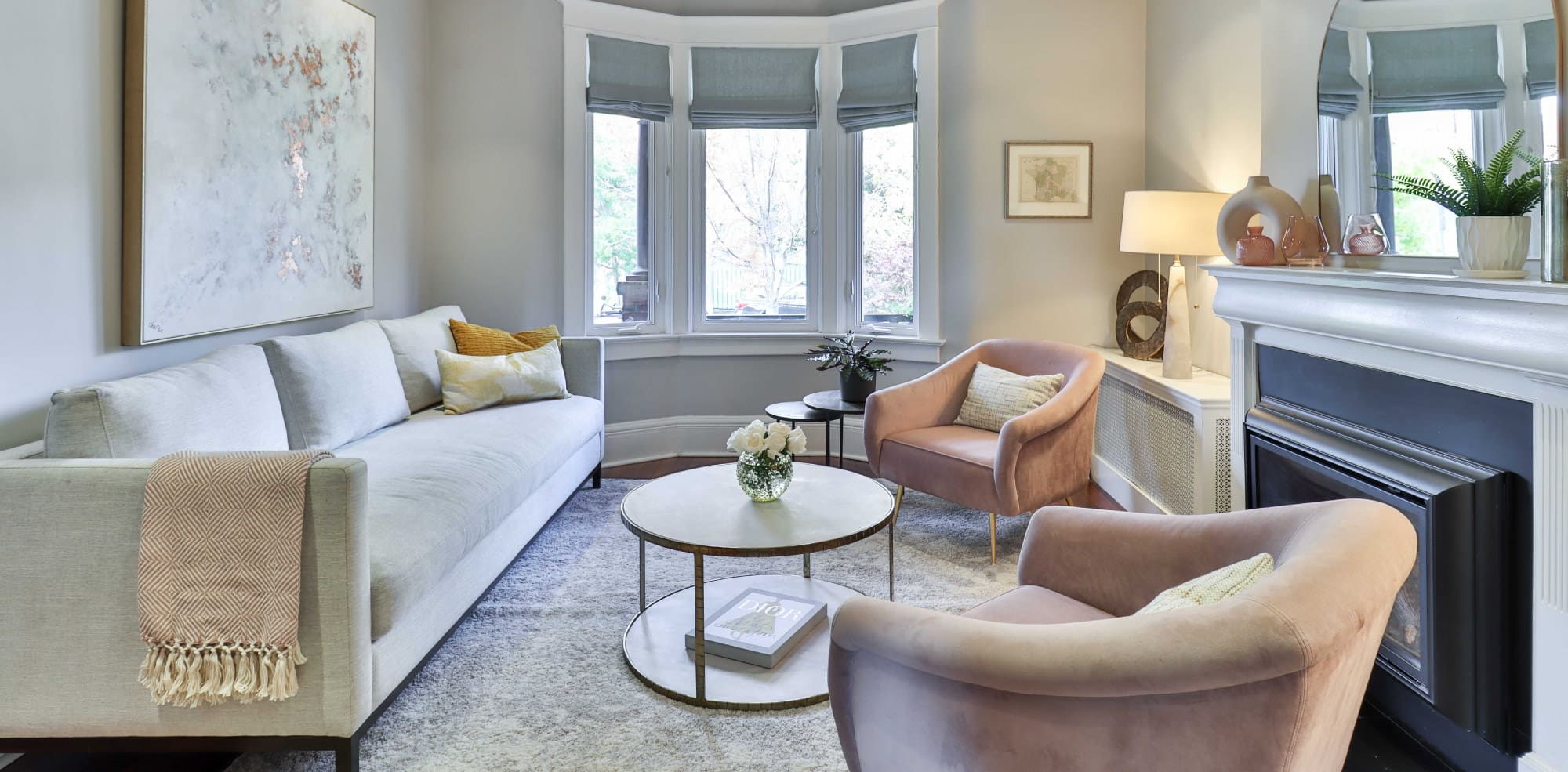As housing affordability challenges persist across Canada, innovative solutions are reshaping the way homeowners can contribute to housing supply. Starting January 15, 2025, new mortgage insurance rule changes will allow Canadian homeowners to access insured refinancing options to create secondary suites, such as basement apartments or laneway homes.
This move, announced in Budget 2024 and detailed by the Department of Finance Canada, is part of a broader strategy to increase housing density and improve affordability while offering homeowners the chance to generate additional income.
Understanding the Impact of the New Rules
Historically, converting residential properties into multi-unit dwellings has often been a complex and costly undertaking. Obstacles included stringent municipal zoning regulations and limited access to affordable financing.
The new mortgage insurance rules aim to overcome these hurdles by:
- Streamlining the Financing Process: Homeowners can now access insured mortgages to finance the construction or renovation of secondary suites. This provides more accessible and affordable financing options compared to traditional construction loans.
- Encouraging Property Value Appreciation: By creating legal rental units, homeowners can significantly increase their property’s value. This not only enhances their overall wealth but also provides a valuable asset for future generations.
- Supporting Homeowners Financially: Rental income from secondary suites can provide a valuable source of income for homeowners, particularly for seniors seeking to supplement their retirement income or families looking to offset rising living costs.
- Addressing the Housing Crisis: Increasing the supply of rental units through secondary suites helps alleviate housing shortages, particularly in urban areas where demand for rental accommodation is high.
Key Eligibility Criteria and Program Parameters
To qualify for mortgage insurance under the new rules, homeowners must meet the following criteria:
- Property Ownership: Homeowners must already own the property where the secondary suite will be located.
- Primary Residence: The homeowner or a close relative must continue to occupy one of the existing units on the property.
- Long-Term Rentals: Secondary suites cannot be used for short-term rentals such as Airbnb.
- Municipal Compliance: The proposed secondary suite must comply with all applicable municipal zoning bylaws and building codes.
Project Specifications:
- Self-Contained Units: Secondary suites must be fully self-contained with separate entrances, kitchens, and bathrooms.
- Maximum Units: The property can accommodate up to four total dwelling units, including the existing units.
- Property Value Limits: The “as improved” property value (including the value of the secondary suite) must not exceed $2 million.
Financing Parameters:
- Loan-to-Value Ratio: Homeowners can refinance up to 90% of the property’s “as improved” value.
- Amortization Period: The maximum amortization period for the mortgage is 30 years.
- Project Cost Limitations: The amount of additional financing must not exceed the actual costs of the project.
Navigating the Application Process
Homeowners interested in taking advantage of these new rules should:
- Consult with Municipal Authorities: Verify zoning regulations and obtain any necessary permits for the proposed secondary suite.
- Obtain Professional Advice: Consult with an architect, engineer, and contractor to plan and budget for the project.
- Seek Professional Financial Guidance: Discuss financing options with a mortgage broker or lender specializing in residential construction loans.
- Apply for Mortgage Insurance: Once the project is complete, submit an application for mortgage insurance to a participating lender.
Benefits for Homeowners and Communities
The new mortgage insurance rules offer numerous benefits for homeowners and communities alike:
- Increased Financial Security: Rental income provides a reliable source of income for homeowners, enhancing their financial stability and retirement planning.
- Improved Quality of Life: For seniors, secondary suites can provide a valuable source of income, allowing them to age in place with greater financial independence.
- Enhanced Property Value: The addition of a legal rental unit significantly increases a property’s market value, providing homeowners with a valuable asset.
- Support for Local Economies: Increased rental housing supply helps address the needs of local residents, supports businesses, and contributes to the overall economic vitality of communities.
- Reduced Environmental Impact: By increasing housing density within existing neighbourhoods, secondary suites can help reduce urban sprawl and minimize the environmental impact of new development.
Looking Ahead
The new mortgage insurance rules represent a significant step towards making secondary suites a more viable and accessible option for Canadian homeowners. By streamlining the financing process and reducing barriers to entry, the government aims to encourage greater housing diversity and address the ongoing challenges of housing affordability and supply.
As these rules continue to be implemented, it is crucial for homeowners, municipalities, and lenders to work together to ensure their successful implementation. By providing clear guidance, simplifying approval processes, and promoting awareness of these new opportunities, we can unlock the potential of secondary suites to create more vibrant, sustainable, and inclusive communities across Canada.

Meet Our Team
Wondering how our expertise works for your real estate transaction? Find out about how our team works and our unique skill set here.







